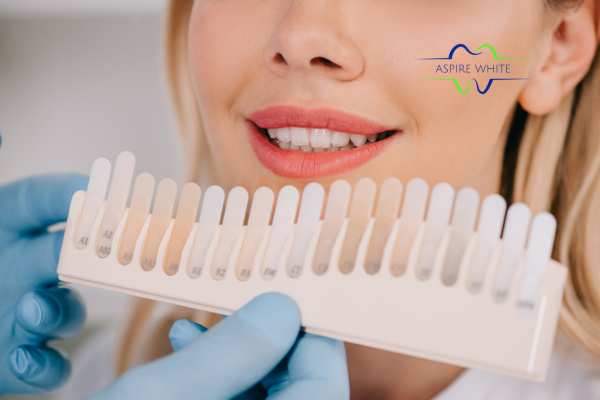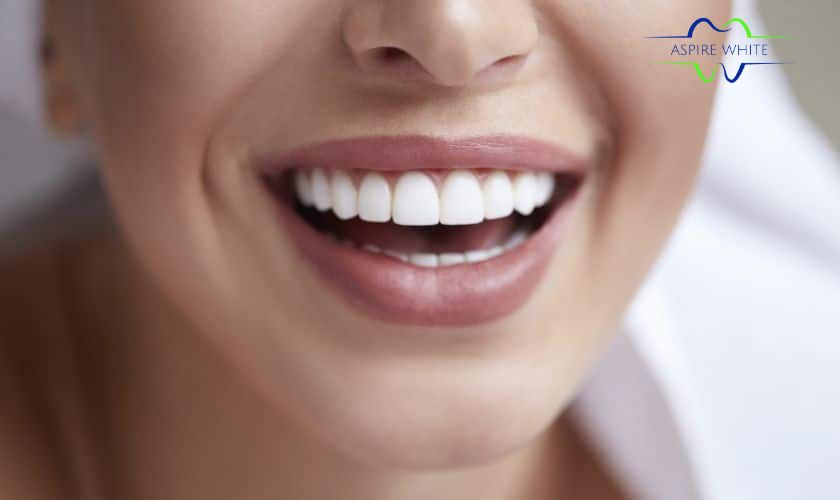This article explores the impact of diet on teeth discoloration , highlighting the role of certain foods and drinks in staining teeth, and providing tips on preventing stains through diet and maintaining good oral hygiene practices.
Introduction to Teeth Discolouration Due to Diet
Teeth discoloration is a prevalent issue, with numerous people seeking ways to maintain or achieve a brighter smile. The role of diet in the health and appearance of our teeth cannot be overstated, as the foods and beverages we consume have a direct impact on teeth staining and discoloration.

This effect is primarily due to the interaction between dietary substances and the enamel, the tooth’s outermost layer. Certain foods and drinks contain pigments and acids that can compromise the enamel’s integrity, leading to a gradual change in tooth color. Over time, these dietary habits can significantly affect oral health, potentially leading to more severe issues beyond mere aesthetic concerns.
The relationship between diet and teeth discoloration is complex, involving various factors such as the acidity of foods, the presence of chromogens (colorful compounds), and the physical and chemical interactions with tooth enamel. For example, beverages like coffee and red wine are notorious for causing teeth stains due to their high tannin content and acidity levels.
Similarly, the consumption of acidic foods such as citrus fruits can erode enamel, making the teeth more susceptible to discoloration. This section will explore the intricate ways in which diet influences teeth color, highlight specific foods and drinks known for their staining potential, and offer guidance on how to minimize their impact on oral health through dietary choices and practices.
Understanding Teeth Discolouration
Teeth discolouration is a multi-faceted issue that extends beyond simple dietary choices. One significant contributing factor is the natural ageing process. Over time, the enamel, which is the hard, protective outer layer of the teeth, gradually wears down.
This thinning of enamel exposes the underlying dentin, a naturally yellower substance beneath the enamel, leading to a change in tooth colour that is often perceived as staining. This age-related yellowing is an inevitable part of ageing but can be exacerbated by certain lifestyle choices.

Moreover, the consumption of acidic foods plays a crucial role in the erosion of enamel. Foods and drinks with high acidity, such as citrus fruits and carbonated beverages, can weaken the enamel over time. This erosion makes the teeth more vulnerable to staining because it creates a rougher surface on the teeth, allowing pigments from food and drink to adhere more easily.
Additionally, factors like poor oral hygiene can accelerate the process of discolouration. Neglecting regular brushing and flossing allows plaque and tartar to build up, which can lead to staining. Genetic predispositions also play a role; some individuals may be more prone to enamel erosion and, consequently, teeth staining due to their genetic makeup. These elements underscore the complex relationship between diet, oral hygiene practices, genetics, and the overall appearance of our teeth.
Foods and Drinks That Cause Stains
Foods
Certain foods are notorious for causing teeth stains due to their acidity and pigment content. For example, lemons and tomatoes, while nutritious, have high acidity levels that can erode the enamel, contributing to teeth stains. Similarly, dark-colored foods such as soy sauce and berries contain pigments that can adhere to the surface of the teeth, resulting in discolouration. Sticky and sugary foods are also culprits in promoting the growth of bacteria that produce acids, further weakening the enamel and leading to discolouration.
Drinks
Beverages play a significant role in teeth staining, with drinks like lager beer and infusions of ginger and lemon causing staining due to their chemical composition. The staining potential of coffee and red wine is particularly high, influenced by their acidity levels and tannin content. These components can adhere to the tooth surface, leading to persistent stains, [4]. Additionally, the regular consumption of fizzy drinks and fruit juices can erode enamel, rendering teeth more prone to staining and discoloration.
Preventing Teeth Stains Through Diet
Foods such as apples, carrots, and celery not only provide nutritional benefits but also act as natural toothbrushes. The mechanical action of chewing these crunchy foods helps to scrub the tooth surface, removing particles and plaque that could potentially lead to stains. Furthermore, these foods stimulate saliva production, which is vital for neutralizing acids and washing away food particles.
Additionally, ensuring a diet that is rich in calcium and vitamin D is fundamental for strong, healthy teeth and gums, which in turn, can mitigate the risk of teeth discolouration. Calcium, found in dairy products and leafy greens, strengthens the enamel, providing a robust defense against erosion and staining.
Vitamin D, which aids in the absorption of calcium, can be sourced from fatty fish such as salmon and mackerel, as well as from sunlight exposure. Switching from beverages known for their staining potential, like black tea and coffee, to less staining alternatives such as herbal teas—peppermint and chamomile—can also significantly reduce the risk of teeth staining. These teas not only offer a healthier alternative but also possess anti-inflammatory properties that can benefit overall oral health.
The Significance of Oral Hygiene Practices
Maintaining stringent oral hygiene practices plays a critical role in preventing teeth stains and discoloration. The act of brushing teeth promptly after the consumption of foods or drinks known to cause staining, such as coffee or red wine, is vital. This practice helps in preventing the pigments from these substances from adhering to the tooth surface, thereby mitigating the risk of discolouration.
The regular use of fluoride toothpaste is also indispensable in this regard. Fluoride helps strengthen the enamel, the outermost layer of the teeth, making it more resistant to the acids produced by bacteria in plaque that can lead to staining and discoloration.
Moreover, flossing daily complements brushing by removing plaque and food particles lodged between teeth, which if left unchecked, can contribute to the discolouration of teeth. This emphasizes the importance of a comprehensive oral care routine that includes both brushing and flossing for maintaining the health and appearance of teeth.
Additionally, incorporating mouthwash as part of the oral hygiene regimen can provide an extra layer of protection against tooth staining. Mouthwash can access areas that are hard to reach with a toothbrush or floss, thus helping to remove any remaining food particles or plaque, further preventing potential stains on the teeth.



